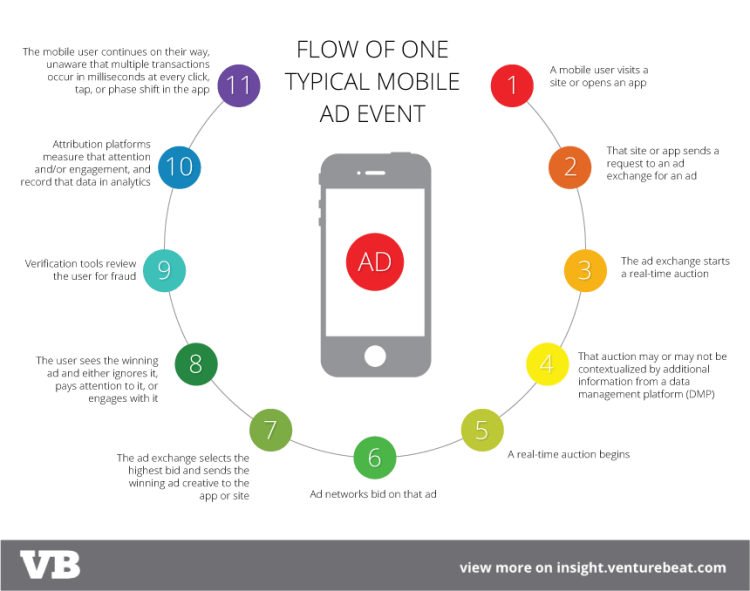Want smarter insights in your inbox? Sign up for our weekly newsletters to get only what matters to enterprise AI, data, and security leaders. Subscribe Now
As a research analyst, you spend a lot of time with data. One of the first things you do upon encountering new research data is pick apart the methodology and look for any kind of bias.
I recently looked at new data illustrating the time, activity, and consumer behaviors on mobile devices, and I’ve found it to be both staggering and irrefutable.
Boy, do we love our “second” screens. So much so that they can no longer be called our second screens. They’re our “first” screens now. We spend more time with our mobile devices than we do watching our TVs. They’re even our number one Google searching tool.
It begs the question: Why haven’t brands caught on?
Last year, 2.1 billion mobile users downloaded over 350 billion apps and spent around 76 percent more time on their device than the year previous. And yet, in Mary Meeker’s yearly trend report, the industry is still under-spending on mobile ads by around $25 billion.

Still, within that opportunity gap there are brands taking advantage, and they’re finding ways to win. So we created an extensive research report outlining exactly how.
It’s abundantly clear that we’re on the edge of a major shift in marketing and advertising. But the challenges are massive for brands trying to effectively engage consumers.
“The mobile ad ecosystem is like a giant Plinko game,” said John Koetsier, the author of the report and VB Insight head of research. “Advertisers toss in $100 at the top, and after going through data management platforms, ad agencies, networks, and supply-side platforms, they’re lucky if $60 actually gets spent on true placement of their ads.”
But new VB Insight research shows that if you can deliver an ad to a consumer that is targeted to his or her needs and desires at just the right time and in just the right way, 49 percent of Americans will give you their attention. Seventeen percent will engage with a well-placed ad to determine whether it’s worthy of further action, and 24 percent will actively check out the product or service you’re offering.
That sure beats the heck out of the 0.06 percent engagement most brands can expect with traditional display advertising.
The supply side of the industry (technology vendors) is only just starting to mature, and it may soon get easier for brands to trust that their ad investments will pay off.
“There are something like 1,000 ad networks, adding to the immense complexity of this space, so the biggest opportunity for vendors is to consolidate the stack — ad network, data, supply aggregation, demand aggregation, attribution, and fraud detection — so that advertisers just have to deal with fewer vendors,” Koetsier said.
Messaging platforms are likely to evolve into multipurpose content hubs. This means even more opportunity for brands, with the number of individual mobile “sessions” continuing to skyrocket. It turns out, one of the absolutely crucial keys to mobile ad success is helping the ad networks with as much personalized data as possible — finding not just one-time clickers, but long-term, repeat customers through mobile ads.
The new VB Insight report goes into depth on each of the 12 ways brands are succeeding with mobile advertising. It also explores five ways they’re failing. The report is based on an analysis of over 500 million mobile ad impressions in multiple studies, and a survey of 1,501 Americans.


